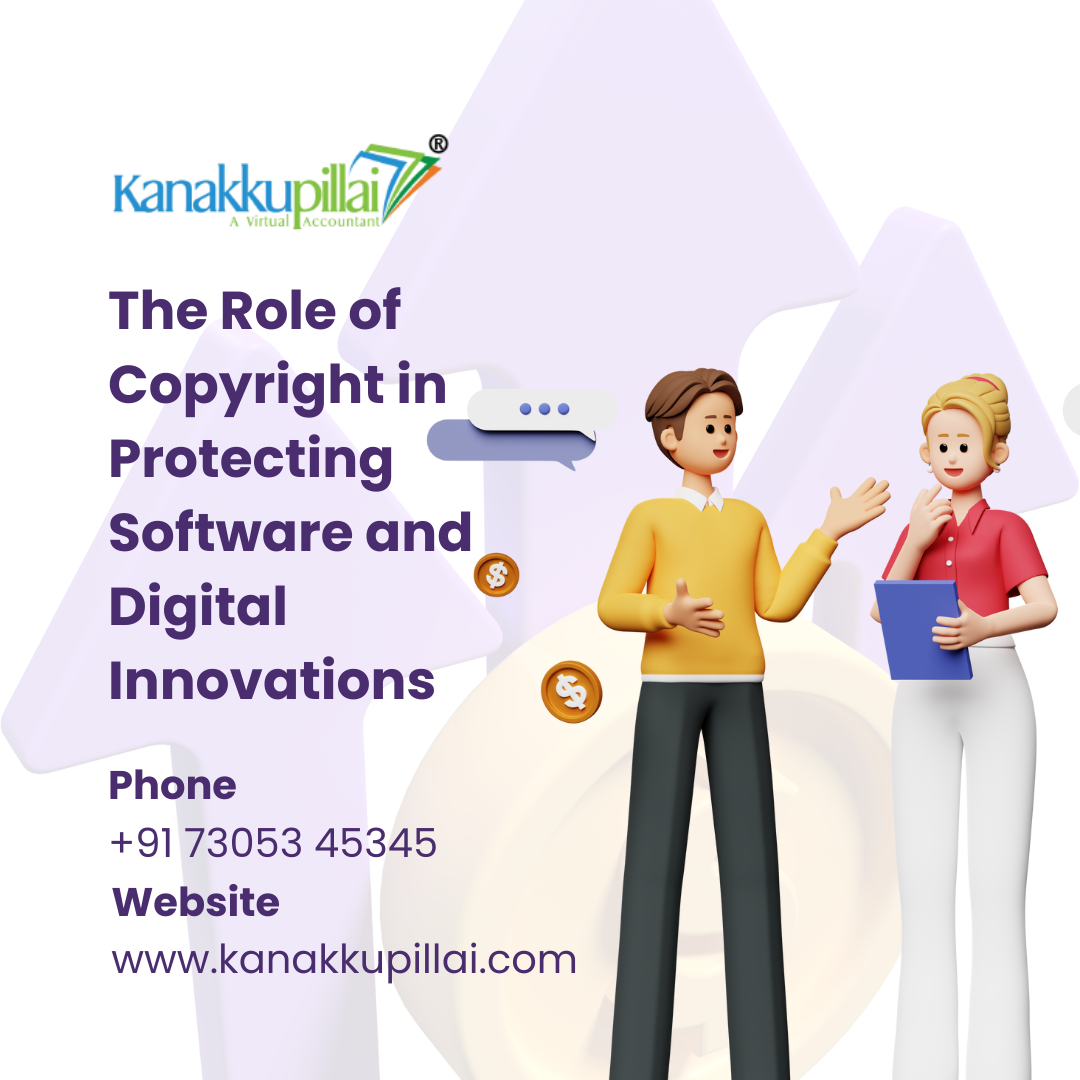The Role of Copyright in Protecting Software and Digital Innovations
In today’s digital age, protecting software and other digital innovations is crucial. One of the essential tools for safeguarding these creations is copyright law. Copyright grants legal rights to the creators of original works, including software, digital content, and multimedia. Here's how it plays an essential role:
Protecting the Code
For software, the code written by developers is considered a literary work under copyright law. This means that the code itself is protected from being copied, modified, or distributed without permission. Copyright empowers the original creators, giving them control over how their software is used or shared and providing a sense of security in their work.
Safeguarding Digital Content
Beyond code, digital innovations include multimedia, such as websites, apps, games, and online services. Copyright protects the artistic and functional elements of these platforms, including images, designs, music, and even user interfaces.
Encouraging Innovation
Copyright incentivises innovation by offering legal protection. Creators and developers are more likely to invest time and resources into building unique digital solutions if they know their work will be protected from unauthorised use or piracy.
Ownership and Licensing
Copyright establishes ownership, which allows creators to license their work. This enables software companies to grant rights to users through licenses for using or modifying the software under specific conditions. This licensing model is a key revenue generator in the tech industry.
Preventing Piracy
Piracy and unauthorised copying of software can severely impact developers and businesses. Copyright gives creators the legal power to take action against those who illegally copy or distribute their software, helping to reduce piracy and protect their revenue.
Conclusion
Copyright is not just a legal tool, but a catalyst for creativity and technological progress in the realm of software and digital innovations. It ensures that creators maintain control over their work, prevents unauthorized use, and fosters a climate of innovation, inspiring creators to push the boundaries of what's possible.





Comments